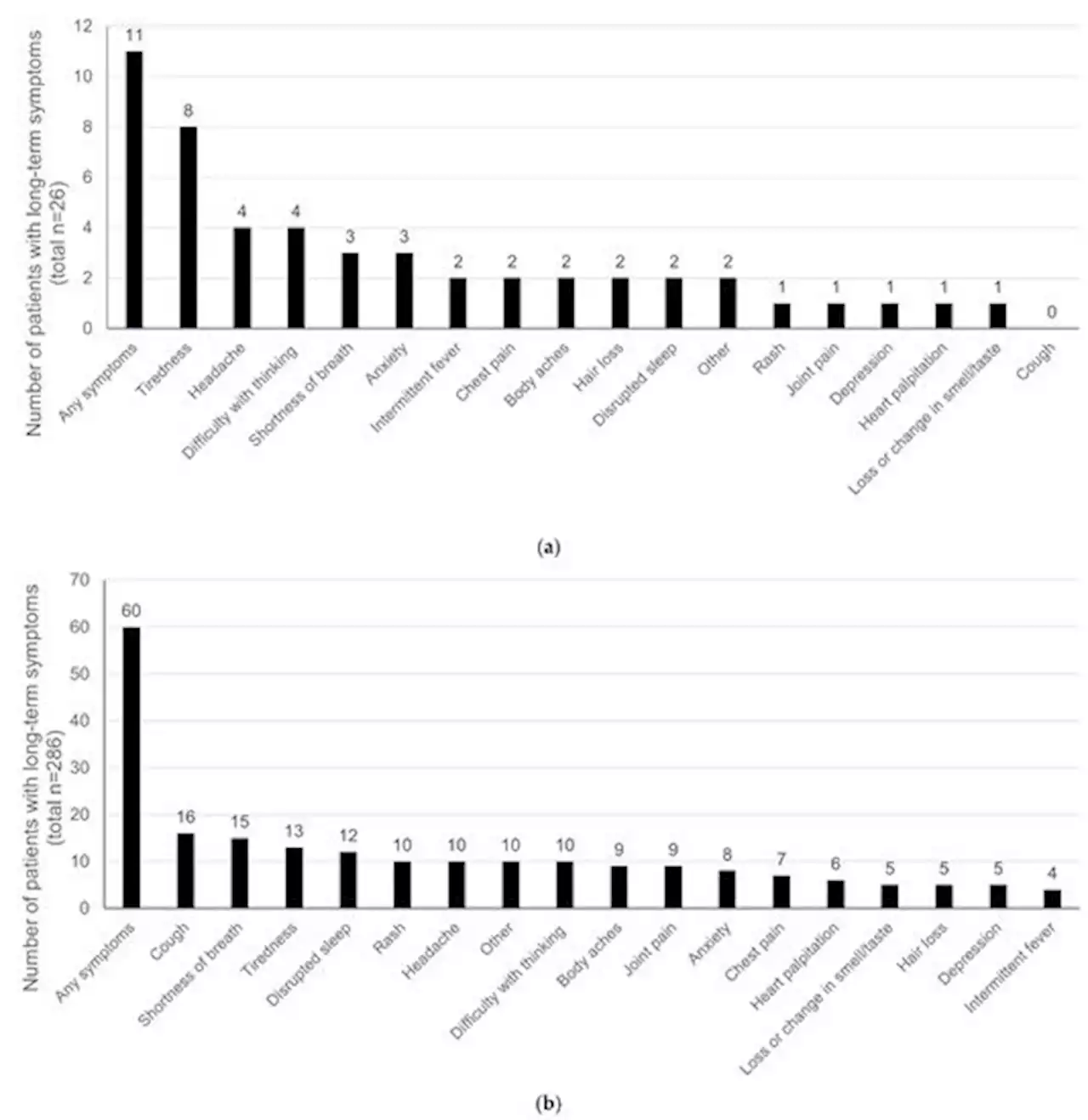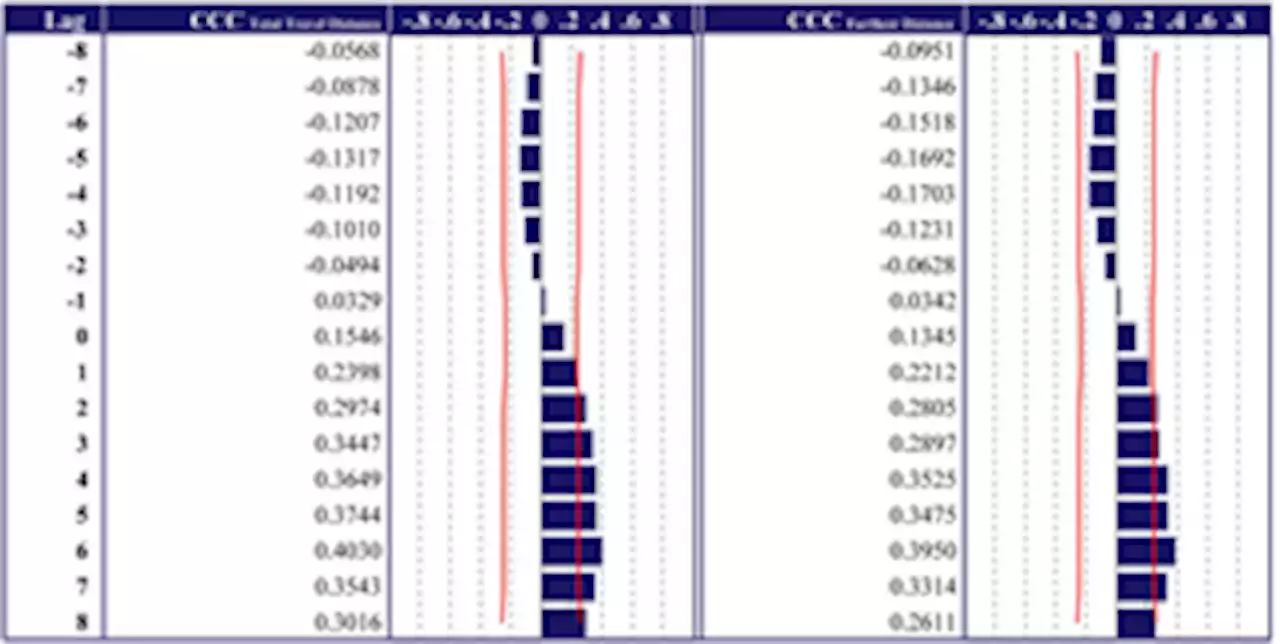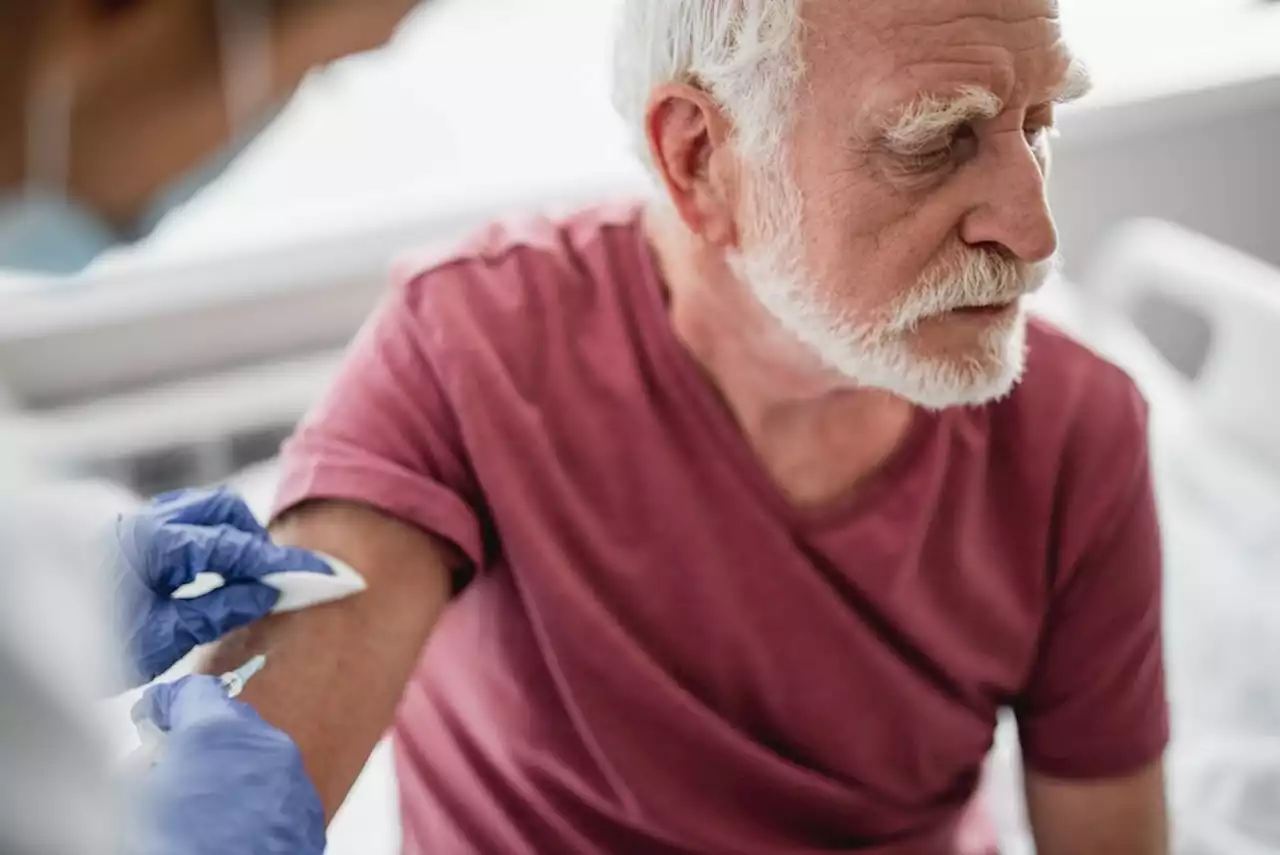Impaired SARS-CoV-2 neutralization after booster vaccination in the elderly SARSCoV2 Coronavirus Disease COVID Seniors medrxivpreprint cam_fight_covid Cambridge_Uni sangerinstitute BabrahamInst ucl NUSingapore
By Nidhi Saha, BDSOct 19 2022Reviewed by Benedette Cuffari, M.Sc. A recent study published on medRxiv* preprint server investigates the magnitude and potential molecular basis of the poorer vaccine responses observed in the elderly following receipt of a coronavirus disease booster vaccination dose.
Vaccinations are vital for the elderly, as many have comorbidities and are immune compromised. Nevertheless, despite vaccinations, age remains a key risk factor for COVID-19-related hospitalization and death. About the study The objective of the current study was to determine the effect of age on responses to the third COVID-19 vaccine dose, as well as determine the mechanistic basis for varied immune responses elicited with increasing age. The investigation focused on those who received two doses of the Covishield-Astrazeneca AZD1222 vaccine and an mRNA booster dose.
Study findings There were no changes in the neutralizing antibody titers amongst the various age groups at one and six months after the second vaccination dose for three SARS-CoV-2 strains, including the wild-type , Delta, and Omicron variants. As anticipated, neutralizing antibody titers decreased by one log between one and six months after the booster dose.
There was a comparable rise in the percentage representation of receptor-binding domain - and spike-binding non-naive B-cells among lymphocytes one month after the mRNA booster dose as compared to one and six months after the second vaccination dose.
Danmark Seneste Nyt, Danmark Overskrifter
Similar News:Du kan også læse nyheder, der ligner denne, som vi har indsamlet fra andre nyhedskilder.
 Comparison of Long-Term Complications of COVID-19 Illness among a Diverse Sample of Children by MIS-C StatusMost pediatric COVID-19 cases are asymptomatic; however, a small number of children are diagnosed with multisystem inflammatory syndrome in children (MIS-C), a rare but severe condition that is associated with SARS-CoV-2 infection. Persistent symptoms of COVID-19 illness in children diagnosed with/without MIS-C is largely unknown. A retrospective EHR review of patients with COVID-19 illness from one pediatric healthcare system to assess the presence of acute (<30 days) and chronic (≥30, 60–120, and >120 days) long-term COVID symptoms was conducted. Patients/caregivers completed a follow-up survey from March 2021 to January 2022 to assess the presence of long COVID. Results showed that non-MIS-C children (n=286; 54.49% Hispanic; 19.23% non-Hispanic Black; 5.77% other ethnicity; 79.49% government insurance) were younger (mean age 6.43 years [SD 5.95]) versus MIS-C (n=26) children (mean age 9.08 years, [SD 4.86]) (p=0.032). A share of 11.5% of children with MIS-C and 37.8% without MIS-C reported acute long COVID while 26.9% and 15.3% reported chronic long COVID, respectively. Females were almost twice as likely to report long symptoms versus males and those with private insurance were 66% less likely to report long symptoms versus those with government insurance. In conclusion, a substantial proportion of ethnically diverse children from low resource backgrounds with severe COVID illness are reporting long-term impacts. Findings can inform pediatric professionals about this vulnerable population in post-COVID-19 recovery efforts.
Comparison of Long-Term Complications of COVID-19 Illness among a Diverse Sample of Children by MIS-C StatusMost pediatric COVID-19 cases are asymptomatic; however, a small number of children are diagnosed with multisystem inflammatory syndrome in children (MIS-C), a rare but severe condition that is associated with SARS-CoV-2 infection. Persistent symptoms of COVID-19 illness in children diagnosed with/without MIS-C is largely unknown. A retrospective EHR review of patients with COVID-19 illness from one pediatric healthcare system to assess the presence of acute (<30 days) and chronic (≥30, 60–120, and >120 days) long-term COVID symptoms was conducted. Patients/caregivers completed a follow-up survey from March 2021 to January 2022 to assess the presence of long COVID. Results showed that non-MIS-C children (n=286; 54.49% Hispanic; 19.23% non-Hispanic Black; 5.77% other ethnicity; 79.49% government insurance) were younger (mean age 6.43 years [SD 5.95]) versus MIS-C (n=26) children (mean age 9.08 years, [SD 4.86]) (p=0.032). A share of 11.5% of children with MIS-C and 37.8% without MIS-C reported acute long COVID while 26.9% and 15.3% reported chronic long COVID, respectively. Females were almost twice as likely to report long symptoms versus males and those with private insurance were 66% less likely to report long symptoms versus those with government insurance. In conclusion, a substantial proportion of ethnically diverse children from low resource backgrounds with severe COVID illness are reporting long-term impacts. Findings can inform pediatric professionals about this vulnerable population in post-COVID-19 recovery efforts.
Læs mere »
 Risk of thyroid dysfunction associated with mRNA and inactivated COVID-19 vaccines: a population-based study of 2.3 million vaccine recipients - BMC MedicineBackground In view of accumulating case reports of thyroid dysfunction following COVID-19 vaccination, we evaluated the risks of incident thyroid dysfunction following inactivated (CoronaVac) and mRNA (BNT162b2) COVID-19 vaccines using a population-based dataset. Methods We identified people who received COVID-19 vaccination between 23 February and 30 September 2021 from a population-based electronic health database in Hong Kong, linked to vaccination records. Thyroid dysfunction encompassed anti-thyroid drug (ATD)/levothyroxine (LT4) initiation, biochemical picture of hyperthyroidism/hypothyroidism, incident Graves’ disease (GD), and thyroiditis. A self-controlled case series design was used to estimate the incidence rate ratio (IRR) of thyroid dysfunction in a 56-day post-vaccination period compared to the baseline period (non-exposure period) using conditional Poisson regression. Results A total of 2,288,239 people received at least one dose of COVID-19 vaccination (57.8% BNT162b2 recipients and 42.2% CoronaVac recipients). 94.3% of BNT162b2 recipients and 92.2% of CoronaVac recipients received the second dose. Following the first dose of COVID-19 vaccination, there was no increase in the risks of ATD initiation (BNT162b2: IRR 0.864, 95% CI 0.670–1.114; CoronaVac: IRR 0.707, 95% CI 0.549–0.912), LT4 initiation (BNT162b2: IRR 0.911, 95% CI 0.716–1.159; CoronaVac: IRR 0.778, 95% CI 0.618–0.981), biochemical picture of hyperthyroidism (BNT162b2: IRR 0.872, 95% CI 0.744–1.023; CoronaVac: IRR 0.830, 95% CI 0.713–0.967) or hypothyroidism (BNT162b2: IRR 1.002, 95% CI 0.838–1.199; CoronaVac: IRR 0.963, 95% CI 0.807–1.149), GD, and thyroiditis. Similarly, following the second dose of COVID-19 vaccination, there was no increase in the risks of ATD initiation (BNT162b2: IRR 0.972, 95% CI 0.770–1.227; CoronaVac: IRR 0.879, 95%CI 0.693–1.116), LT4 initiation (BNT162b2: IRR 1.019, 95% CI 0.833–1.246; CoronaVac: IRR 0.768, 95% CI 0.613–0.962), hyperthyroidism (BNT162b2: IRR 1.0
Risk of thyroid dysfunction associated with mRNA and inactivated COVID-19 vaccines: a population-based study of 2.3 million vaccine recipients - BMC MedicineBackground In view of accumulating case reports of thyroid dysfunction following COVID-19 vaccination, we evaluated the risks of incident thyroid dysfunction following inactivated (CoronaVac) and mRNA (BNT162b2) COVID-19 vaccines using a population-based dataset. Methods We identified people who received COVID-19 vaccination between 23 February and 30 September 2021 from a population-based electronic health database in Hong Kong, linked to vaccination records. Thyroid dysfunction encompassed anti-thyroid drug (ATD)/levothyroxine (LT4) initiation, biochemical picture of hyperthyroidism/hypothyroidism, incident Graves’ disease (GD), and thyroiditis. A self-controlled case series design was used to estimate the incidence rate ratio (IRR) of thyroid dysfunction in a 56-day post-vaccination period compared to the baseline period (non-exposure period) using conditional Poisson regression. Results A total of 2,288,239 people received at least one dose of COVID-19 vaccination (57.8% BNT162b2 recipients and 42.2% CoronaVac recipients). 94.3% of BNT162b2 recipients and 92.2% of CoronaVac recipients received the second dose. Following the first dose of COVID-19 vaccination, there was no increase in the risks of ATD initiation (BNT162b2: IRR 0.864, 95% CI 0.670–1.114; CoronaVac: IRR 0.707, 95% CI 0.549–0.912), LT4 initiation (BNT162b2: IRR 0.911, 95% CI 0.716–1.159; CoronaVac: IRR 0.778, 95% CI 0.618–0.981), biochemical picture of hyperthyroidism (BNT162b2: IRR 0.872, 95% CI 0.744–1.023; CoronaVac: IRR 0.830, 95% CI 0.713–0.967) or hypothyroidism (BNT162b2: IRR 1.002, 95% CI 0.838–1.199; CoronaVac: IRR 0.963, 95% CI 0.807–1.149), GD, and thyroiditis. Similarly, following the second dose of COVID-19 vaccination, there was no increase in the risks of ATD initiation (BNT162b2: IRR 0.972, 95% CI 0.770–1.227; CoronaVac: IRR 0.879, 95%CI 0.693–1.116), LT4 initiation (BNT162b2: IRR 1.019, 95% CI 0.833–1.246; CoronaVac: IRR 0.768, 95% CI 0.613–0.962), hyperthyroidism (BNT162b2: IRR 1.0
Læs mere »
 Time series cross-correlation between home range and number of infected people during the COVID-19 pandemic in a suburban cityControl of human mobility is one of the most effective measures to prevent the spread of coronavirus disease 2019 (COVID-19). However, the imposition of emergency restrictions had significant negative impacts on citizens’ daily lives. As vaccination progresses, we need to consider more effective measures to control the spread of the infection. The research question of this study is as follows: Does the control of home range correlate with a reduction in the number of infected people during the COVID-19 pandemic? This study aims to clarify the correlation between home range and the number of people infected with SARS-CoV-2 during the COVID-19 pandemic in Ibaraki City. Home ranges are analyzed by the Minimum Convex Polygon method using mobile phone GPS location history data. We analyzed the time series cross-correlation between home range lengths and the number of infected people. Results reveal a slight positive correlation between home range and the number of infected people after one week during the COVID-19 pandemic. Regarding home range length, the cross-correlation coefficient is 0.4030 even at a lag level of six weeks, which has the most significant coefficient. Thus, a decrease in the home range is a weak factor correlated with a reduction in the number of infected people. This study makes a significant contribution to the literature by evaluating key public health challenges from the perspective of controliing the spread of the COVID-19 infectuion. Its findings has implications for policy makers, practitioners, and urban scientists seeking to promote urban sustainability.
Time series cross-correlation between home range and number of infected people during the COVID-19 pandemic in a suburban cityControl of human mobility is one of the most effective measures to prevent the spread of coronavirus disease 2019 (COVID-19). However, the imposition of emergency restrictions had significant negative impacts on citizens’ daily lives. As vaccination progresses, we need to consider more effective measures to control the spread of the infection. The research question of this study is as follows: Does the control of home range correlate with a reduction in the number of infected people during the COVID-19 pandemic? This study aims to clarify the correlation between home range and the number of people infected with SARS-CoV-2 during the COVID-19 pandemic in Ibaraki City. Home ranges are analyzed by the Minimum Convex Polygon method using mobile phone GPS location history data. We analyzed the time series cross-correlation between home range lengths and the number of infected people. Results reveal a slight positive correlation between home range and the number of infected people after one week during the COVID-19 pandemic. Regarding home range length, the cross-correlation coefficient is 0.4030 even at a lag level of six weeks, which has the most significant coefficient. Thus, a decrease in the home range is a weak factor correlated with a reduction in the number of infected people. This study makes a significant contribution to the literature by evaluating key public health challenges from the perspective of controliing the spread of the COVID-19 infectuion. Its findings has implications for policy makers, practitioners, and urban scientists seeking to promote urban sustainability.
Læs mere »
 Will We See a Winter COVID Surge, and How Could It Impact Holiday Travel?With COVID-19 cases surging in Europe and Asia, there are new concerns that the U.S. could see a similar spike just as we head into the holiday travel season. So should you book your travel plans now, or hold off until you see how the next few weeks go? We asked Boston doctors for their thoughts during NBC10 Boston’s weekly…
Will We See a Winter COVID Surge, and How Could It Impact Holiday Travel?With COVID-19 cases surging in Europe and Asia, there are new concerns that the U.S. could see a similar spike just as we head into the holiday travel season. So should you book your travel plans now, or hold off until you see how the next few weeks go? We asked Boston doctors for their thoughts during NBC10 Boston’s weekly…
Læs mere »
 Study shows low risk of myocarditis/pericarditis after mRNA COVID-19 vaccinationStudy shows low risk of myocarditis/pericarditis after mRNA COVID-19 vaccination Coronavirus Disease COVID mRNA Myocarditis Pericarditis medrxivpreprint q_nationaltaiwa
Study shows low risk of myocarditis/pericarditis after mRNA COVID-19 vaccinationStudy shows low risk of myocarditis/pericarditis after mRNA COVID-19 vaccination Coronavirus Disease COVID mRNA Myocarditis Pericarditis medrxivpreprint q_nationaltaiwa
Læs mere »
 Does skin inflammation exacerbate COVID-19?In a new study, researchers discussed inflammation during infection with severe acute respiratory syndrome coronavirus 2 (SARS-CoV-2).
Does skin inflammation exacerbate COVID-19?In a new study, researchers discussed inflammation during infection with severe acute respiratory syndrome coronavirus 2 (SARS-CoV-2).
Læs mere »
